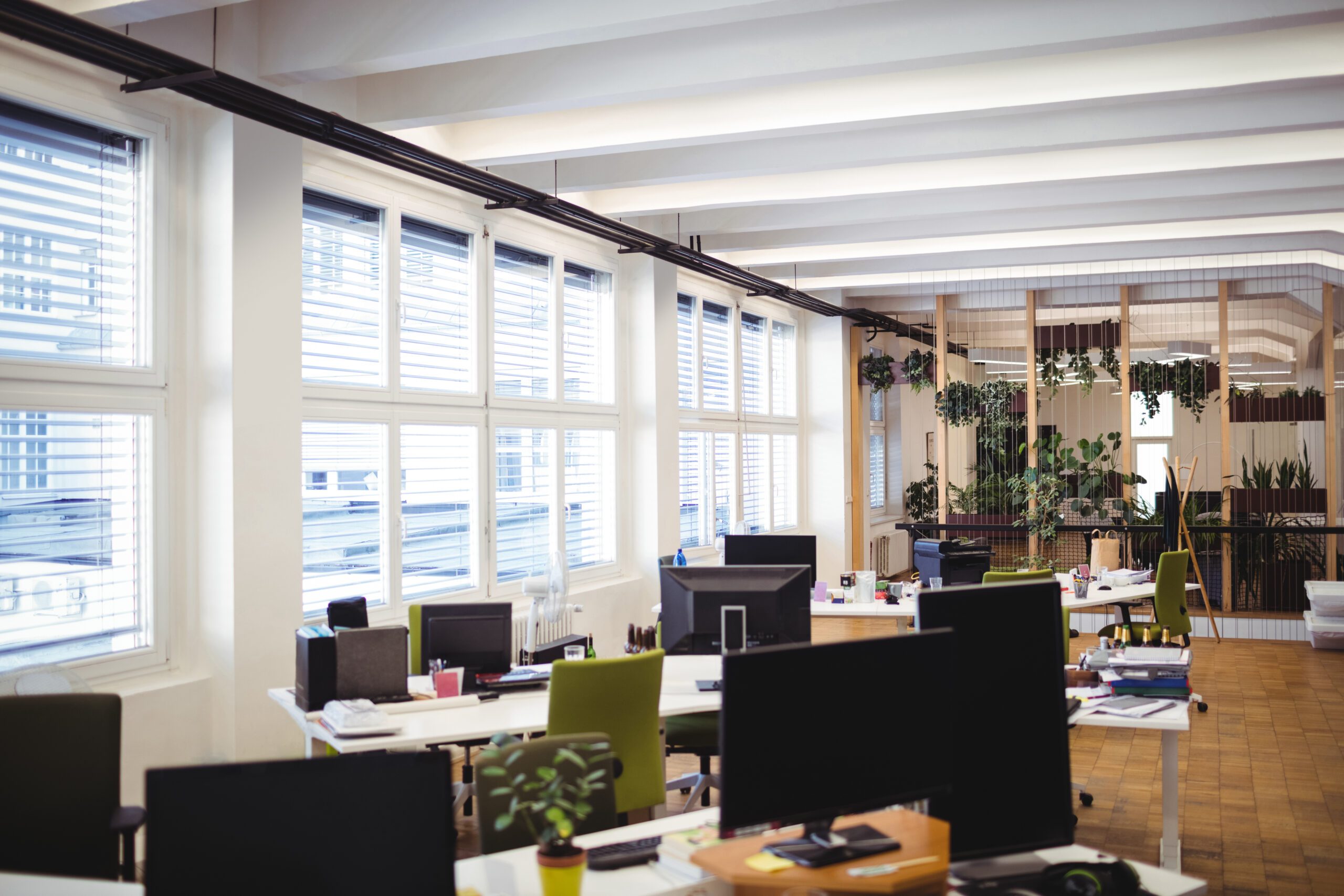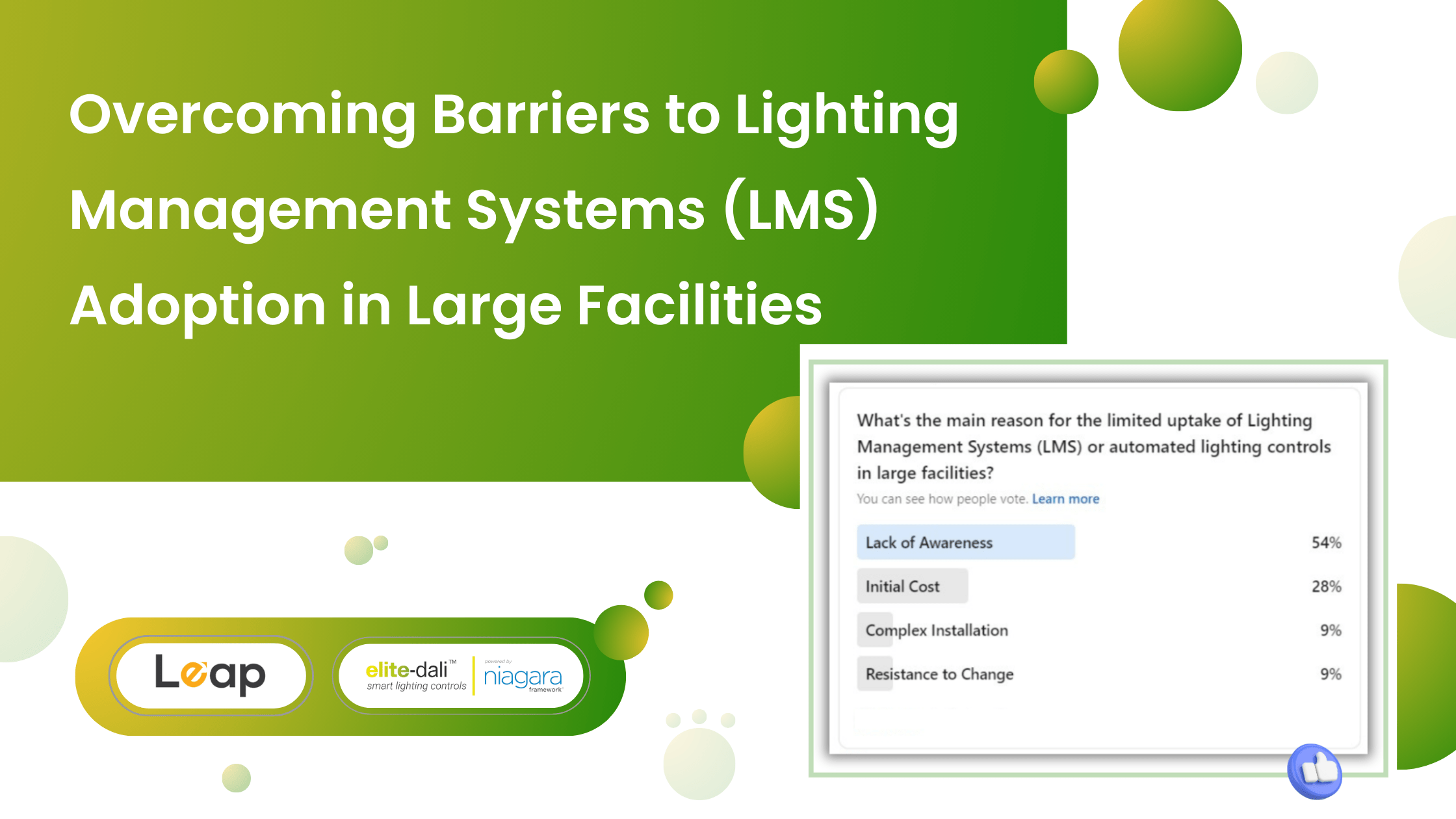The Ins and Outs Of What is Daylighting In Lighting Control
Controlling the amount of daylight entering into your room can be a great way to complement existing lighting systems. Natural daylight is vibrant and beneficial because of its impeccable intensity as well as nourishing advantages. More importantly, when you combine the effects of daylight with your lighting equipment, the energy demand reduces significantly, and you save a lot on electricity bills. Sunlight is an important determinant of human function as well. It is very closely linked to human physiology, and hence in commercial spaces, workers require controlled exposure to daylight for better optimization.
In this article, let us take a look at what is daylighting all about, and why people are stressing more on getting sunlight into our commercial systems more extensively.
Table of Contents
What is Daylighting And How Does An LMS Do It?
Daylight-based lighting control is nothing but the easy tweaking of light intensities on observing whether the daylight penetration is sufficient enough to illuminate all parts of a room. However, what remains to be understood here is how any lighting management system is able to implement this strategy? The smallest and the most important units of any lighting management system are its sensors.
Sensors are attached to every lighting equipment individually. Besides helping in changing the parameters remotely, they also deliver important information. This information can be regarding weather forecasts, ambient conditions, etc. Dynamic conditions can be analyzed very easily through the information received from sensors and subsequently, the parameters can be changed by users to increase or decrease the illumination of artificial lights. This way, artificial lights are made to complement sunlight at different points in a day, and this is what is daylighting all about.
What Is Daylighting Offering To Commercial Spaces?
● Cut Your Business Expenses
Business managers are often looking for only cost-effective solutions to run their business. Reducing the energy consumption of the office, on the whole, is a great way of cutting a lot of expenses. If you are targeting long-term energy savings and a faster return on investment, daylighting can be a very good option for you. In fact, as per research papers published by researchers from across the globe, an expected 24 percent saving on the annual electricity expenditure can be expected with daylighting systems alone. So, what is daylighting trying to achieve? Simple, the target here is to use as much daylight as possible during office hours and keep the lights dim if not switched off.
● Improved Employee Performance
It is no surprise that the office environment also plays a great role in deciding every employee’s productivity. When it comes to lighting and illumination, the contribution to employee performance and work optimization is immense. With bright and pleasant lighting in the office, the chances of workers suffering from eye strains get reduced by almost 50%. In the long run, this preserves eye function to a great extent. Moreover, working in a dark and gloomy environment often leads to drowsiness, headaches, and even depression.
Then what is daylighting’s tangible benefit, you may ask. Sunlight is a necessity for human existence, and it’s presence in every season is always uplifting for the mood as well as concentration. The body clock works according to the sun cycle, and hence, giving the body an exposure to the right sunlight intensity at the right is the most organic way of facilitating the mind.
● Towards Sustainability
Climate change is real, and without a significant contribution from each of us, curtailing it won’t be possible. Big commercial spaces require several resources, among which the demand for electricity is simply massive. Therefore, adopting strategies like daylighting is important here because it gives some space to reduce electricity consumption. A reduced electricity consumption is linked to lesser air pollution as the need for burning more coal will primarily be less. Sustainability is an important agenda for 21st Century companies, and switching to daylighting could be the easiest way to start reducing your carbon footprint.
● Interiors And Aesthetics
When you have a system that combines sunlight with artificial lights to illuminate a given space, you can expect some of the most aesthetically pleasing interior designs. Natural lighting usually makes a room look more spacious. Further, it helps release tight interior elements, making the space look larger. Interior designers are always keen on using more daylight to prepare designs that look fresh for a long time.
What is Daylighting: The Final Note
So, as you can see, the presence of a good amount of daylight in commercial spaces has multi-dimensional benefits. Taking advantage of modern lighting marvels and automated control systems to boost health, productivity, and aesthetics sounds like a useful plan. Since up to 90% of our time is spent indoors, it is crucial to keep services like daylighting in the foreground of building design. Intelligent and programmable lighting control systems allow users to make the best use of daylighting in their offices, shops, showrooms, etc.
elitedali is a renowned enabler for integrated lighting automation and control systems in commercial spaces. We specialize in delivering vendor-independent solutions that allow users to control and manage intelligent light fixtures. From the design and commissioning to the post-sales, we provide the complete solution for lighting control. We help users integrate lighting control panels into their BMS without requiring any third-party protocol converters. Thousands across the globe have sought our assistance to experience lighting automation. When are you planning to give us a chance? Still, find it hard to understand what is daylighting? Contact elitedali executives to know all the answers today.








